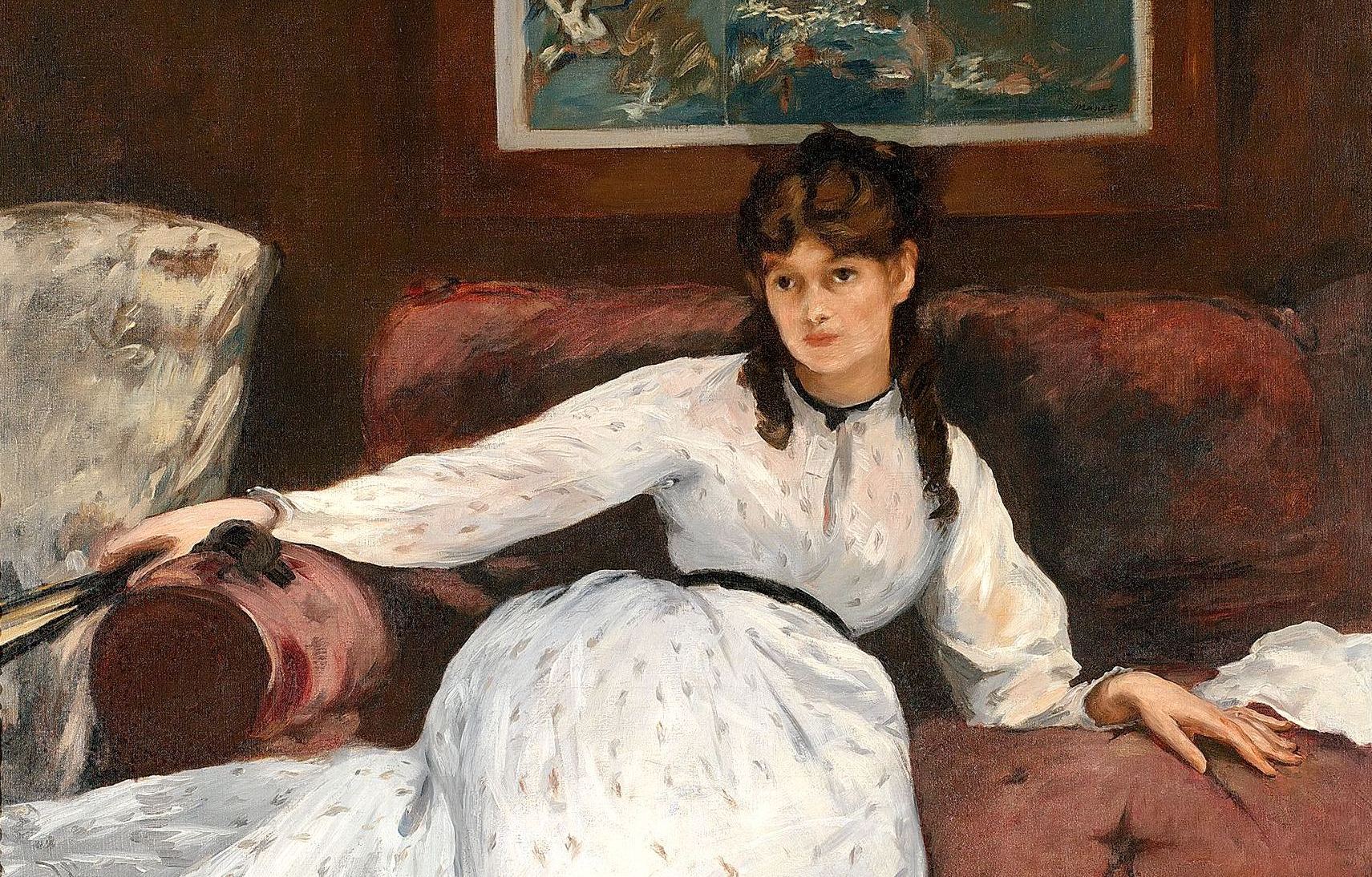
Five Favorite Women from Art History
It’s International Women’s Day (not to mention Women’s History Month) and for the occasion we want to take the time to think about the women in our lives…our mothers, sisters, friends, coworkers, women that inspired us, held us, pushed us to become better versions of ourselves. We also want to use this opportunity to remember five important women that left footprints in the history of art.
Hilma af Klint (1862-1944)
More than 70 years after her death, Hilma af Klint’s work continues to challenge the existing historic timelines of abstract painting. It has been widely agreed upon that her work predates Wassily Kandinsky who is considered to be the pioneer of abstract art and therefore some claim she could actually be the inventor of abstract painting.
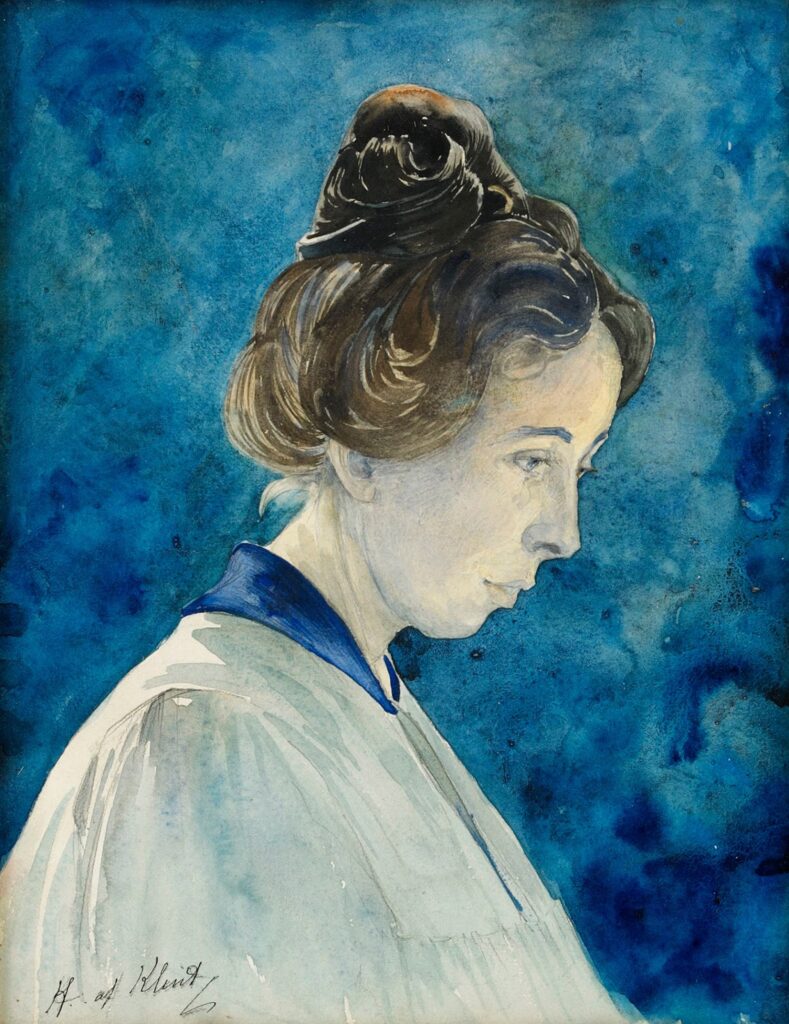
After the death of her sister in 1880, Hilma started to believe in the spiritual dimension which clearly affected all of her art. She graduated from the Royal Academy of Fine Arts in Sweden with honors, and after that, she joined the Theosophical Society in 1889. She met four other women with similar visions as her and they founded “The Five” in 1896. They held spiritual séances, communicated with spirits, and started a major assignment called “Painting for the Temple”. The project was a series of paintings that would facilitate meditation and transcend reality beyond the physical world.

She kept working on similar subjects her whole life and after her death, a collection of 1300 paintings and 125 notebooks were inherited by her nephew. Her wish was that her work should not be exhibited until 20 years after her death and that the collection should never be split up. A gallery dedicated to her work has just been added to Artcast, the eponymously titled “Hilma Af Klint“, which you can now stream from the Featured category.
Mary Cassatt (1844-1926)
Mary Cassatt was an American painter and printmaker who was a part of the group of Impressionists working in the Paris area. Even though she was American, she spent most of her adult life in France.
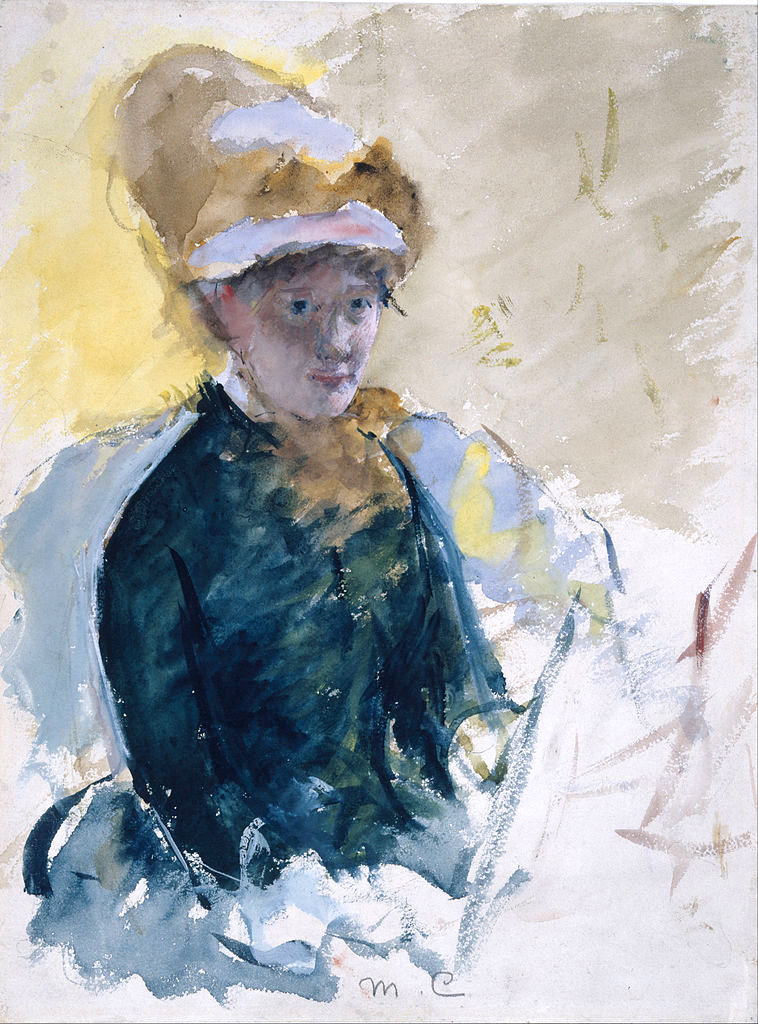
Her paintings portray the lives behind the scenes of contemporary women. She especially painted mothers and children and expressed their bonds. Her painting style was inspired by Edgar Degas who became her friend and Gustave Courbet. At the request of Degas, Cassatt exhibited with the Impressionists in 1879, and many times afterward.
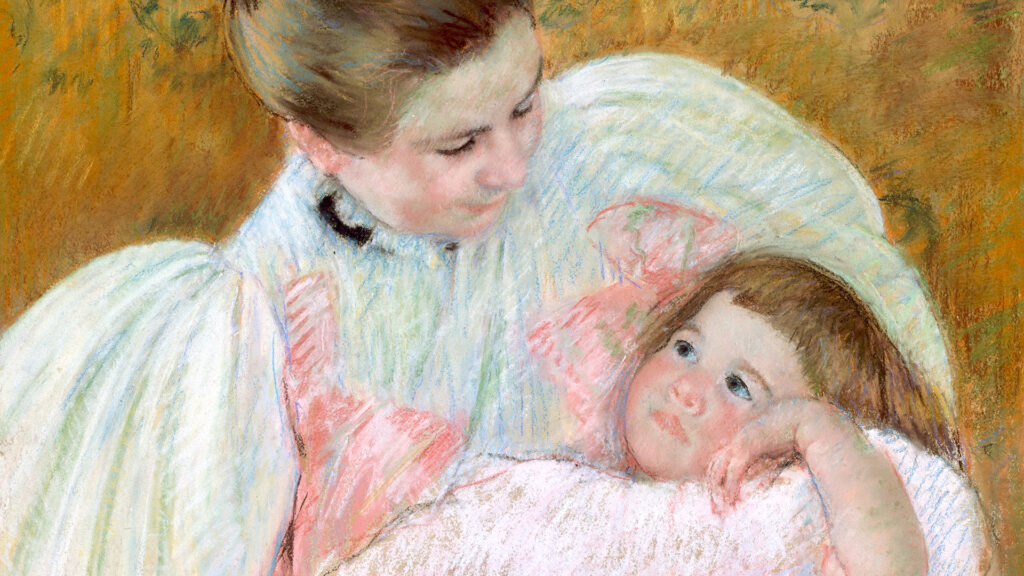
She experimented with the medium of pastels and preferred unposed asymmetrical compositions just as Degas did. Mary urged her American friends to buy Impressionists paintings by which she influenced the American taste quite a lot at that time. A gallery dedicated to Mary Cassatt’s most famous works, “Mary Cassatt“, can be found in Artcast’s Classical Art category.
Rosa Bonheur (1822-1899)
Rosa Bonheur was a French artist mostly known for her paintings of animals, but also for the sculptures she created in a Realist style. She is considered to be one of the, if not the most famous female painter of the 19th century and was a renegade who was not interested in conforming to society’s opinions on how women should dress and behave. A fan of hunting and smoking, Bonheur was also considered to be a New Woman, a 19th century movement which greatly influenced feminism into the 20th century.
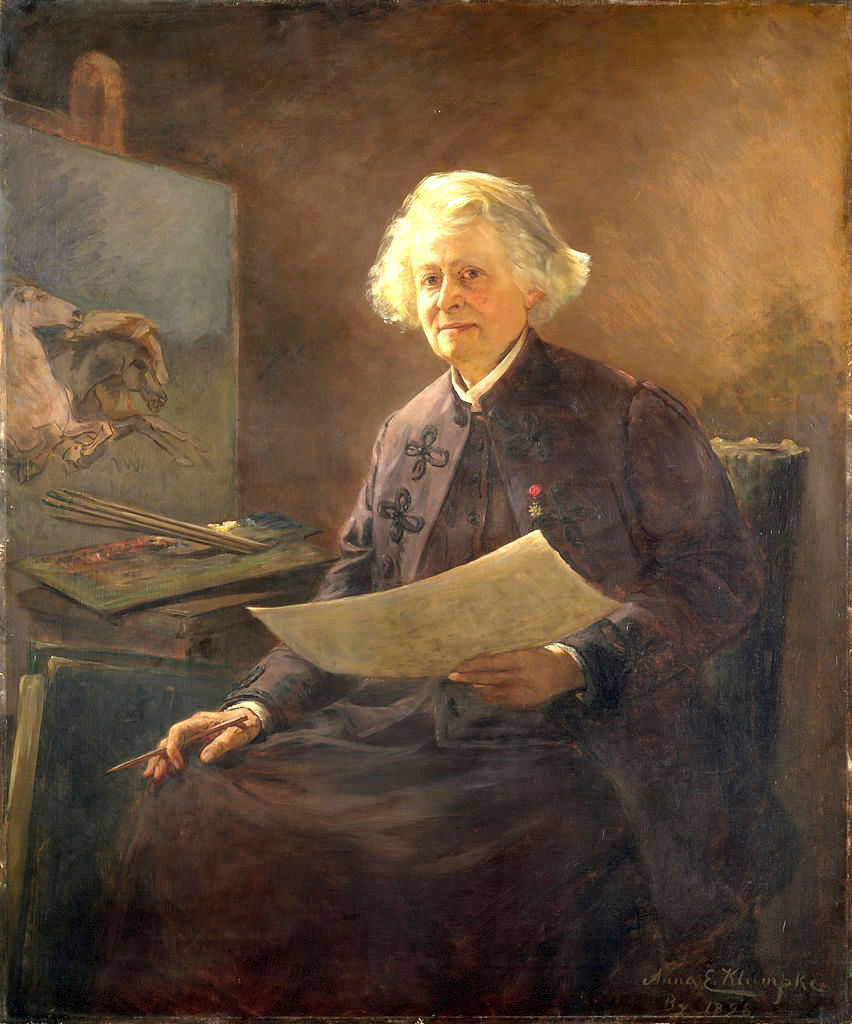
Two of her most famous paintings are “Ploughing in the Nivernais” and “The Horse Fair”. The first one is currently on display at the Musée d’Orsay in Paris and the second one in the Metropolitan Museum of Art in NY. In her time, painting was still studio-based in most cases, but she always took her canvas outside and with that can be considered influential in the development in Impressionism and en plein air technique.
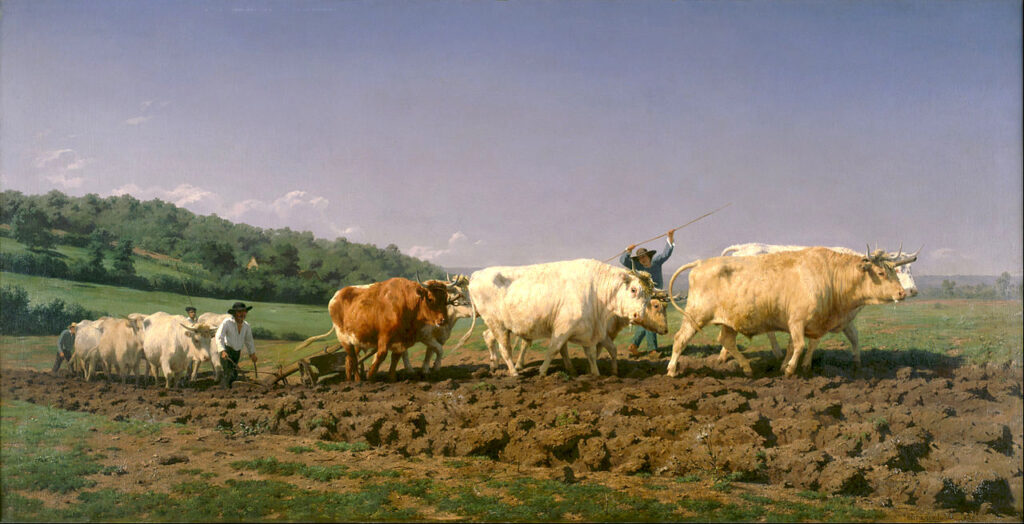
Berthe Morisot (1841-1895)
Berthe Morisot was another one of the three great ladies, les trios grandes dames, of Impressionism described by art critic Gustave Geffroy along with Mary Cassat and Marie Bracquemond. Born in 1841, she was a French painter and printmaker in the area of Paris and the granddaughter of Rococo master Jean-Honoré Fragonard. In 1864, she first exhibited paintings at the Salon and continued to do so until 1874 when she decided she never wanted to show her paintings there again. She became connected with Edouard Manet with whom she greatly collaborated, and eventually married his younger brother, Eugène.

During her lifetime she wasn’t commercially successful and was ridiculed for her work by the critics. They thought that her style of painting was too feminine because of her light brushstroke work. In her notebook she wrote, “I don’t think there has ever been a man who treated a woman as an equal and that’s all I would have asked for, for I know I’m worth as much as they.”
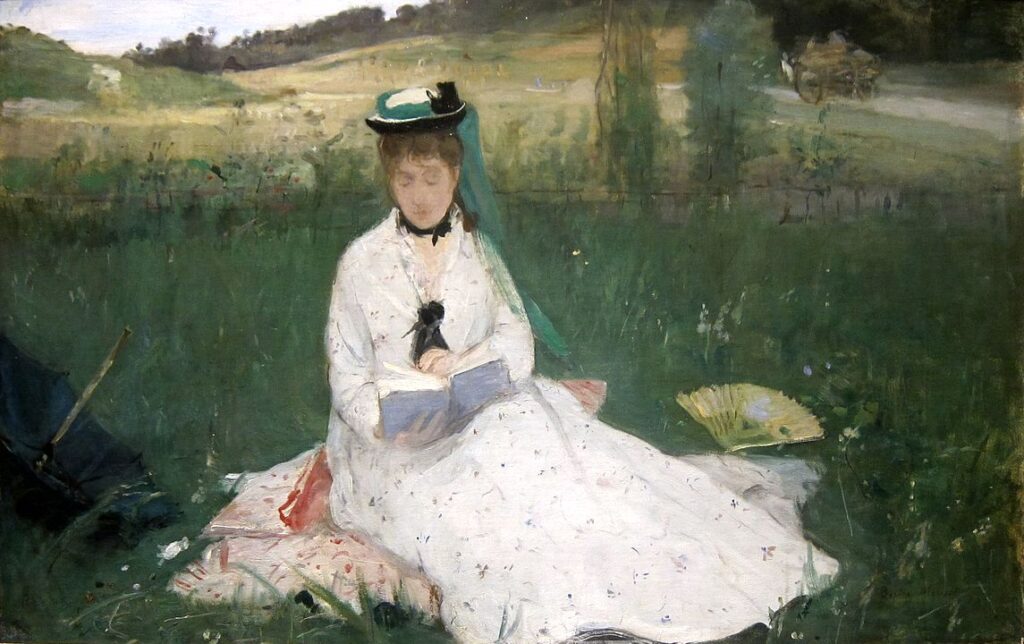
Élisabeth Vigée Le Brun (1755-1793)
Elisabeth Vigee Le Brun was one of the most famous portraitists of the 18th century in France. She was also known as Madame Le Brun and rose to even more fame after she began painting portraits of Queen Marie Antoinette.

She depicted her subjects in a very flattering and elegant way which is why she was famous among aristocrats and royalty. She left France during the Revolution and spent 12 years abroad between Italy, Austria and Russia. Later in life, after she eventually returned to France, she enjoyed fame and success very untypical for a female artist at the time.


